
views
- Throughout the world, the circle symbolizes infinity, unity, the life cycle, wholeness, completion, and divinity.
- Common examples of the circle in architecture include the vesica piscis arches and rose windows.
- The circle is a significant symbol in many religions. For instance, in Christianity, it appears as a halo, while it appears as a mandala in many Eastern traditions.
What do circles symbolize?

Unity The circle is considered a symbol of unity because it is symmetrical, even, and contains no beginnings or endings. It's just one perfect, endless line.

Infinity Because the circle has no clear beginning or end, no top or bottom or sides, it is commonly used to represent infinity.

The life cycle The “circle of life” is so called because life and death follow one another in a seemingly endless cycle of birth, growth, decay, and death and because death helps beget more life.

Wholeness The roundness of the circle, its uniform shape, and its lack of a beginning or ending make it a perfect symbol of wholeness and completion.

Divinity Because the circle represents perfection and infinity, it is often considered a symbol of spirituality and godliness. The square, on the other hand, commonly represents mankind.
Spiritual & Cultural Circle Symbols
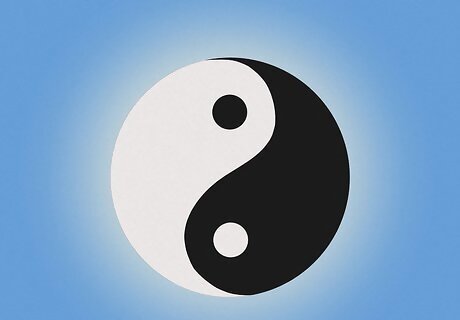
Yin-yang In Chinese philosophy, yin-yang—a circle constructed of a white half and a black half blending together—represents the meeting of the cosmic and the human realms. It also symbolizes the harmony of all things.

Rings A signifier of union, rings are worn to signify betrothal and marriage. A bishop wears a ring to signify his devotion to the church, while a nun’s ring signifies her marriage to Christ. In ancient Greece and Rome, rings also indicated authority: the material the ring was made of as well as its design signified the wearer’s authority.

Circle dance The circle dance is a dance performed by a group of people in which there is no leading or following. Everyone in the group is of equal status and authority.

The sun The circle is seen in the sun as well as in the planets and their journey around the sun. In this way, the circle is a strong symbol of time and the life cycle.

Zero The circle may also symbolize zero in our numbering system. Like an egg or embryo (also round, like circles), the number zero represents potential, newness, and purity.
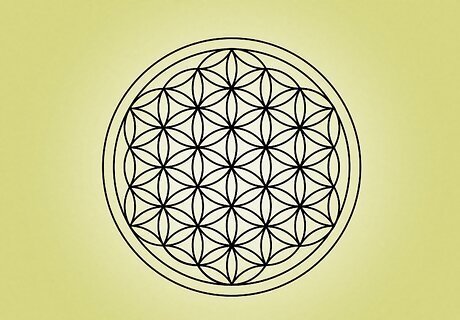
The flower of life The flower of life is a symbol containing 19 perfectly overlapping circles within one larger circle. It represents the interconnectedness of life and the perfection of the universe.
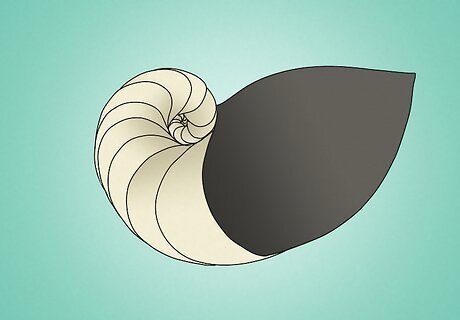
Nautilus The nautilus is one example of the Fibonacci spiral, a perfect spiral occurring in nature. The nautilus spiral symbolizes the grace and perfection of nature, as well as growth.

Labyrinth In Greek mythology, the labyrinth was an elaborate circular maze designed by Daedalus to hold the Minotaur. The confusion of a labyrinth may symbolize the twists and turns of life.
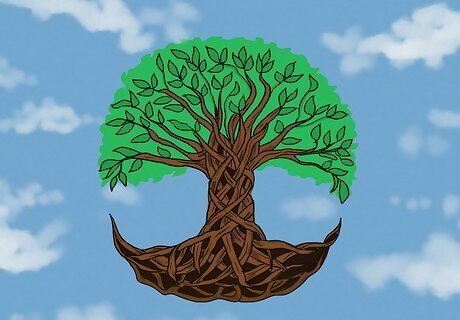
The tree of life The tree of life, often depicted as a tree with full roots forming the shape of a circle, is regarded in many cultures as a symbol of the life cycle, unity, wisdom, and the bridge between the human and divine.
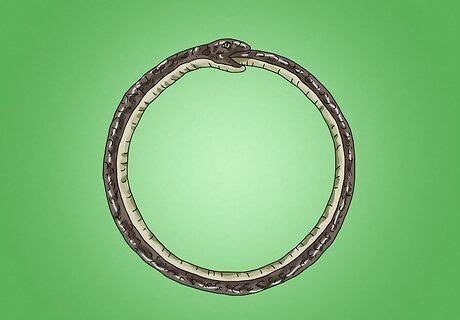
Ouruboros The ouroboros (from the Greek for tail and eating), the snake eating its own tail, is an ancient symbol for infinity and the life cycle.
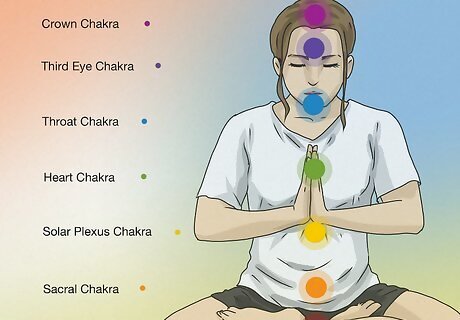
The 7 chakras The 7 chakras (chakra is Sanskrit for disc or wheel) refer to the spinning “wheels” of energy at different locations in your body. Each chakra corresponds to certain nerves or organs. Chakras are featured in Tantric meditation practices, an esoteric yogic tradition born of Hinduism and Buddhism.
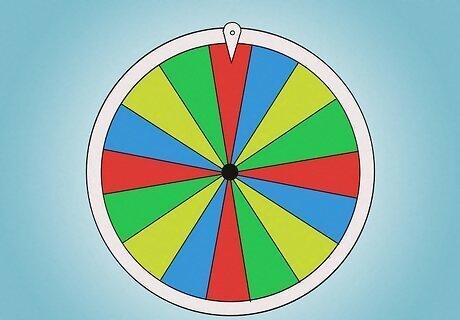
Wheel of Fortune The Wheel of Fortune (or Rota Fortunae) symbolizes the fickle nature of Fate. The Roman goddess Fortuna (Greek Tyche) decides humans’ fates by spinning the wheel at random. The Wheel of Fortune originates from ancient Babylon and Greece.
Circle Symbolism in Different Religions
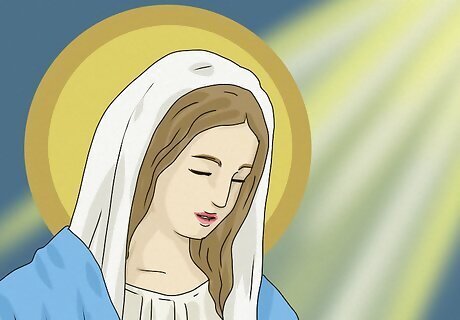
Halos In Christianity, the circle is commonly depicted as a halo behind the head of Jesus Christ, the Virgin Mary, and the saints. The halo symbolizes pure goodness and the absence of evil. Christ is sometimes depicted wearing a cruciform halo, or a circular halo with a cross in the center. Sometimes God the Father is depicted with a halo in the shape of a triangle.

Rainbows The rainbow is a half-circle that appears to touch both heaven and Earth. It first appears in the Bible after the flood, as a sign of peace. It is often portrayed in art as the Lord’s throne and in scenes of the Last Judgment. In Greek myth, Iris was the goddess of rainbows. A messenger goddess, the rainbow represents the link between the earthly and divine realms.

Ensō In Zen Buddhism, the ensō (Japanese for circle) is a circle hand-drawn in one quick brush stroke. At once empty and full, this minimalist Zen symbol represents enlightenment, infinity, the universe, and the void.
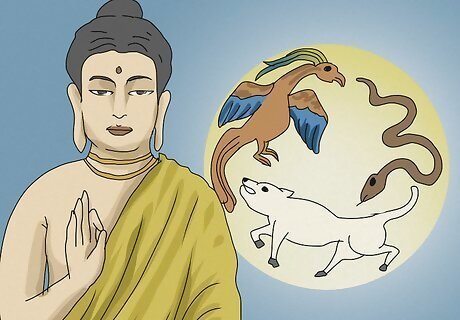
Saṃsāra In Hinduism as well as Buddhism, saṃsāra—depicted as a circle—is the cycle of life, death, and reincarnation, and it is governed by karma.
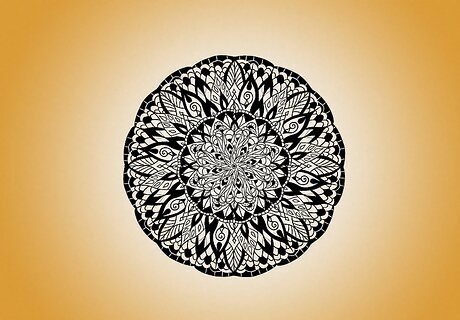
Mandala In different spiritual traditions, the mandala—Sanskrit for circle—is a geometric configuration of different symbols representing unity, balance, and the spiritual journey. It is used as a tool for spiritual guidance and to help aid in meditation. In Hinduism, Buddhism, Jainism, and Shinto, the mandala may be a map representing different deities, paradises, or shrines.

The Dharmachakra The Dharmachakra, or Dharma wheel, is a symbol used in many different Indian religions, notably Buddhism. It is depicted as a chariot wheel with varying numbers of spokes and symbolizes life and death. The round shape of the wheel represents the perfection of the dharma, or the Buddha’s teachings. The rim stands for meditation and mindfulness, and the hub represents discipline. The symbol is most commonly used in Buddhism, but it is also significant in Jainism and Hinduism.
Architectural Circle Symbols
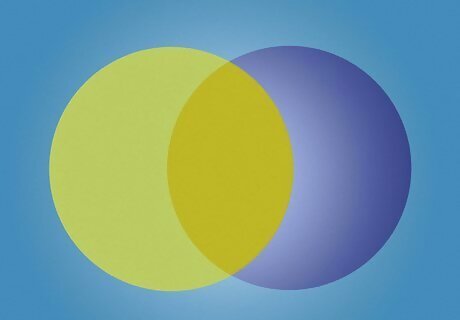
Vesica piscis The vesica piscis (fish bladder in Latin), or mandorla, refers to a shape created by 2 circles overlapping. The center of each circle lies in the circumference of the other. The origins of the vesica piscis are unclear, but its popularity is probably due to the Christian religion: it appears in the Christian fish symbol, as a niche surrounding drawings and sculptures of Christ, and in Gothic pointed arches. The vesica piscis is commonly seen in Venn diagrams.

Rose windows Rose windows are an architectural marvel popular in Gothic churches. Rose windows consist of an array of stained glass panels arranged in a large circle, supported by a delicately interlacing but strong “web” of stone. Rose windows are featured in many churches, but they are perhaps most famously seen in Notre Dame in Paris.












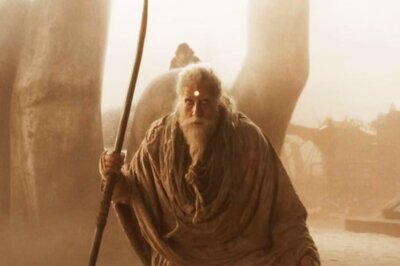





Comments
0 comment